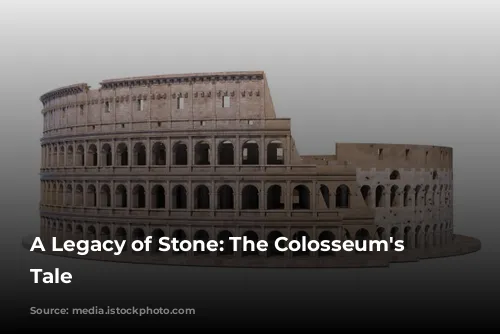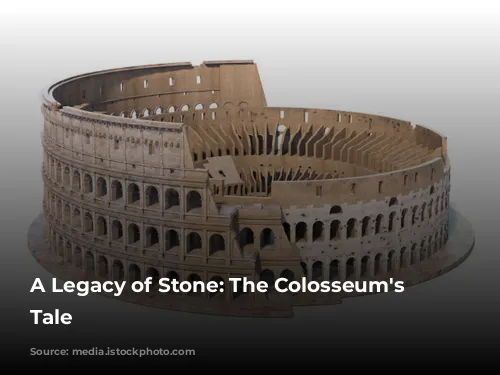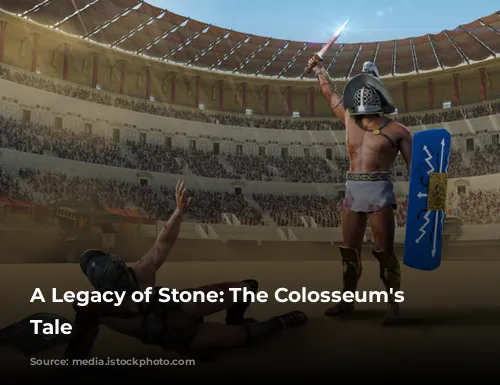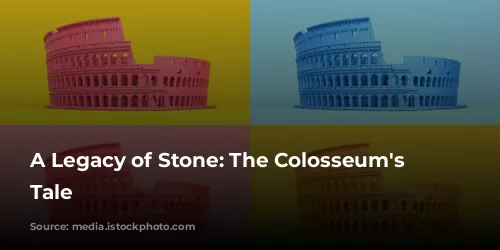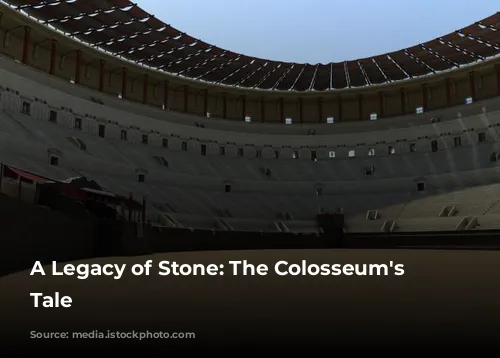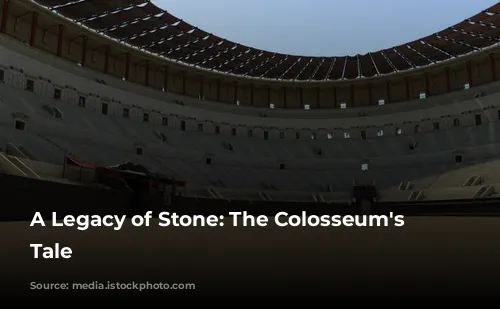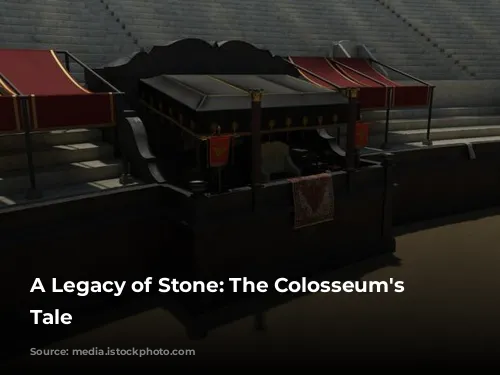The Colosseum, standing proudly as one of the few largely intact structures from the Roman Empire, serves as a testament to the architectural and engineering genius of the ancient world. This majestic monument, towering over the city of Rome, continues to captivate visitors from all corners of the globe and generates substantial revenue for Italy. In 2018 alone, the Colosseum, Roman Forum, and Palatine Hill collectively attracted a staggering number of tourists, earning over $63.3 million (€53.8 million), solidifying their position as the most lucrative tourist attractions in Italy.
From Arena to Fortress
The Colosseum’s history is a captivating journey through time, marked by periods of grandeur and decline. Following the fall of the Western Roman Empire, the once-glorious arena fell into a state of disrepair. During the 12th century, the Frangipane and Annibaldi families saw an opportunity in the ruins, transforming the Colosseum into their fortress, using its formidable structure for their own purposes. Fast forward to the late 15th century, and Pope Alexander VI authorized the Colosseum’s use as a quarry, a tragic testament to the disregard for its historical significance. After over a thousand years of neglect, the Italian government finally recognized the importance of preserving this iconic monument, launching restoration efforts in the 1990s, marking a turning point in its fate.
A Monument to Imperial Ambition
The Colosseum’s construction was a grand project conceived by the Roman emperor Vespasian as a means to revitalize Rome following the tumultuous year of the four emperors in 69 CE. Inspired by other amphitheaters, Vespasian envisioned the Colosseum as a vibrant entertainment hub, hosting gladiatorial combats, thrilling animal hunts, and even awe-inspiring mock naval battles.
A Colosseum Built on Plunder
Construction commenced under Vespasian’s reign, spanning from 70 to 72 CE. The Colosseum’s grand opening was celebrated in 80 CE by Titus, Vespasian’s son and successor, marking a culmination of their imperial ambition. The fourth story was added by Emperor Domitian in 82 CE, completing the majestic structure. However, the Colosseum’s creation came at a heavy cost, funded by plunder from Titus’s conquest of Jerusalem in 70 CE and built by enslaved Jews from Judaea. This stark reality casts a shadow over the monument’s magnificence, reminding us of the human cost of empire.
A Monument of Stone and Engineering Prowess
The Colosseum, also known as the Flavian Amphitheatre, stands as a testament to Roman architectural prowess. An elliptical structure, it rises four stories tall, crafted from stone, concrete, and tuff. Its imposing dimensions – 620 by 513 feet (189 by 156 meters) – were capable of accommodating an astonishing 50,000 spectators. The Colosseum was renowned for its gladiatorial combats, offering a glimpse into the brutal spectacles of the ancient world.

From Humble Beginnings to Imperial Majesty
The Colosseum’s location, just east of the Palatine Hill, was chosen with intention. It stood on the site of Nero’s lavish Golden House, replacing the tyrannical emperor’s private lake with a public amphitheater. This symbolic act demonstrated Vespasian’s commitment to the Roman people, choosing to replace Nero’s extravagance with a monument designed to unite the citizenry. The Colosseum’s construction, unlike earlier amphitheaters carved into hillsides, utilized a sophisticated system of barrel and groin vaults, creating a freestanding structure of stone and concrete.

A Colossal Spectacle
The Colosseum’s grandeur extended beyond its structure. Its three tiers were adorned with arcades and engaged columns in the Doric, Ionic, and Corinthian orders, a design that influenced Renaissance architecture. The structure’s impressive facade, constructed from travertine, was complemented by volcanic tufa secondary walls and a concrete inner bowl. The amphitheater’s seating capacity of 50,000 spectators was shielded from the harsh Roman sun by a retractable velarium (awning). The Colosseum’s top story housed supporting masts that extended the awning, requiring hundreds of Roman sailors to manage the rigging. The Colosseum was a stage for countless gladiatorial combats, man-vs.-animal contests, and even mock naval battles. However, whether it served as the scene of early Christian martyrdoms remains a subject of debate.
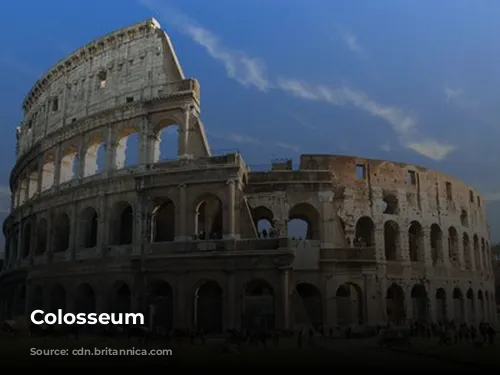
From Glory to Ruin, and Back Again
In the centuries that followed, the Colosseum underwent a transformation from a grand arena to a source of building materials. It served as a church, then as a fortress for prominent Roman families, experiencing the ravages of lightning, earthquakes, and vandalism. The once-ornate marble seats and decorative elements were stripped away, leaving the Colosseum in a state of neglect for over a thousand years. The 19th century saw the beginning of preservation efforts, led by Pius VIII, and the 1990s witnessed a significant restoration project. Today, the Colosseum stands as a major tourist attraction, drawing close to seven million visitors annually. Regular exhibitions explore the culture of ancient Rome, ensuring that its legacy continues to inspire and captivate audiences from around the world.
